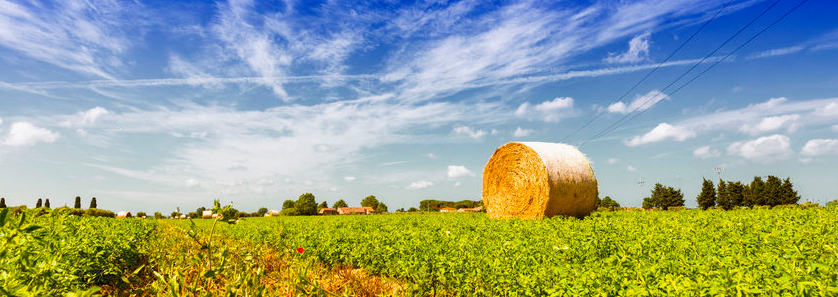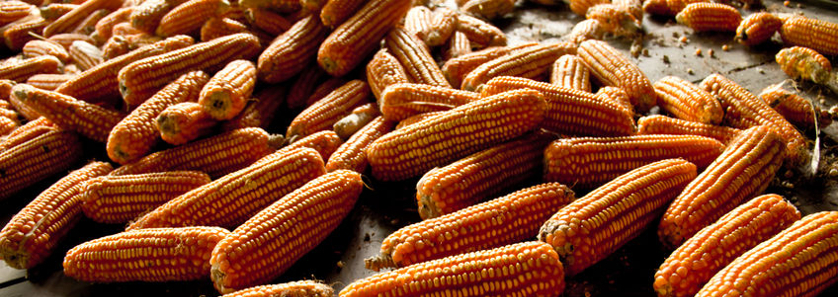Cooling and Storing Methods for Field Corn After Harvest

When most people think of corn, their mind races to sweet corn. While field corn is not typically eaten straight off the cob, it still has a myriad of uses. It is an important ingredient in whiskey, ethanol and industrial products, such as ceramics, penicillin, crayons, shoe polish, batteries, and even cardboard. Farmers often feed livestock field corn as well. Field corn has to be properly handled after harvest so it can live up to its potential. Learn more about field corn, general cooling and storage information, and how you should cool and store field corn.
General Facts
Corn can be traced all the way back to Central American cultures around 3400 BC. Today, corn is a diet staple because of its high protein and carbohydrate content. While corn is native to North America, today it is produced on every continent besides Antarctica.
Sweet corn is a huge part of a lot of people’s diets, but field corn is not as sweet as is typically used in manufacturing other products. In fact, corn is one of the leading sources of sweetener. So much so that it is used to make bread, corn starch, sodas, candy, chewing gum and so much more.
Unlike sweet corn, field corn is not harvested until the kernels are dry. Field corn is higher in starch, yet lower in sugar than sweet corn.
General Information about Cooling and Storing
For many different types of produce, it is important that they get cooled right away and stay at the proper humidity level. Because field corn is not consumed right away, it has to undergo some different cooling and storing.
- Sorting – When you sort your field corn kernels, you want to try to remove broken kernels from the rest because they can cause issues during storage. Also, broken kernels are not the choice product for many of the end manufacturing uses because they are more susceptible to moisture, insect damage and producing smaller grits. SEMCO/SEMCOLD LLC offers rotary screens, gravity screens and perforated auger housing sections to separate the fines and broken pieces from the good pieces.
- Temperature – Keeping field corn at the right temperature will reduce the likelihood of stress-cracking. Using natural and low temperature in-bin will result in 5% or less of your kernels being damaged. Corn being used for animal feed shouldn’t exceed 130F, wet milling shouldn’t exceed 100-130F, dry milling shouldn’t exceed 100-120F and snack foods shouldn’t exceed 100F during the drying process. Corn should be cooled to 35F, but never frozen, to get it ready for storage.
- Drying – Letting the kernels steep in a bin without airflow will help them cool and reduce stress-cracks.
- Shelf Life – If stored and dried properly, field corn can have a shelf life of up to 25 years.
Effective Cooling Methods
There are a few different pieces of equipment that you can use to cool your field corn. SEMCO/SEMCOLD LLC can help you pick out the product that is right for you:
- Room Cooling – Because you don’t want field corn to get too cold, using room cooling may be sufficient.
- Forced-Air Cooling – Again, without getting it too cold, forced-air cooling may be the right cooling method for field corn.
No matter which method you decide to use for your field corn cooling and storage, you have to make sure to get the best equipment. Because this type of corn is getting ready to be put to uses besides being directly consumed, it has to undergo different kinds of prolonged storing and cooling. Work with SEMCO/SEMCOLD LLC to get the customized equipment that will make your after harvest handling of field corn much simpler.



